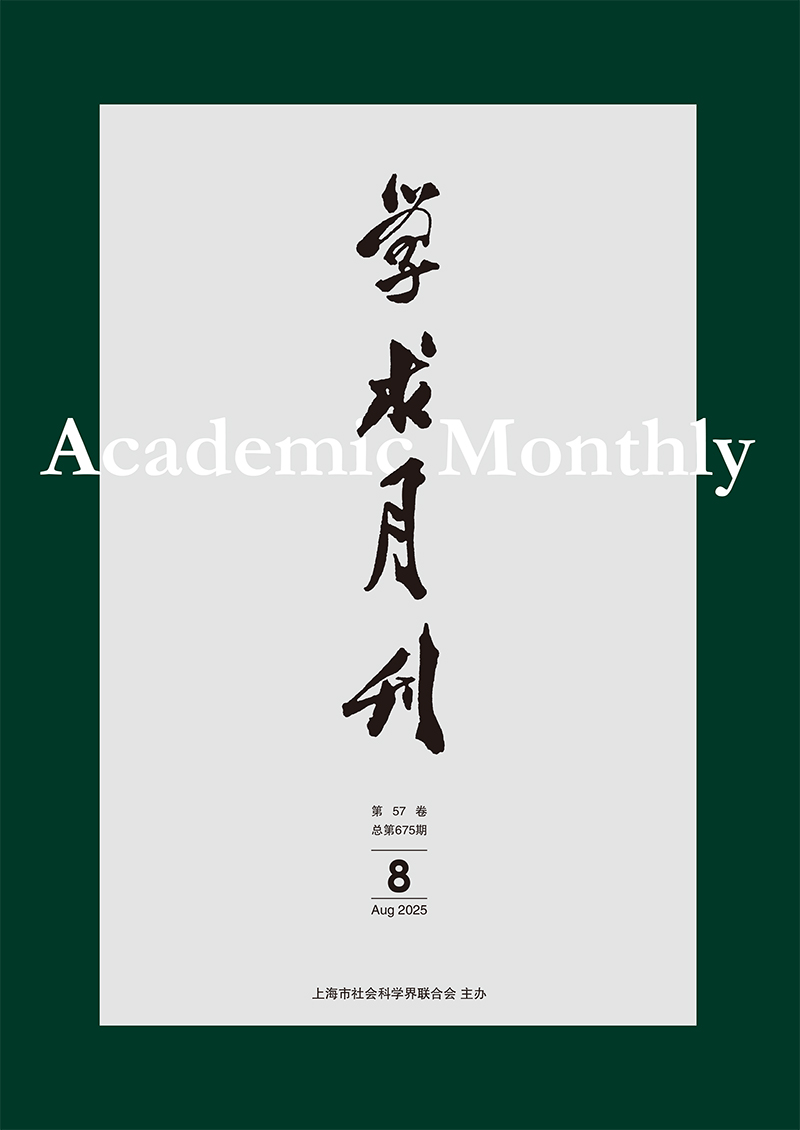The Construction of Political Legitimacy and the Concept of Great Unity during the Sixteen Kingdoms Period——Through the Lens of State Names and Titles of Founding Rulers
Abstract: The nomenclature of states during the Sixteen Kingdoms period derived from sources including ancient geographical designations of the Central Plains, previously used state titles, and the noble ranks held by regime founders titles. The titles adopted by these founders originated from Han Dynasty official positions, noble ranks, and indigenous titles used by non-Han groups. In terms of political structure, the regimes of the Sixteen Kingdoms asserted legitimacy and sought justification through the Theory of the Five Virtues' Succession, emphasizing their connection to orthodox succession within the framework of central-local relations. Founders of both Han and non-Han regimes often combined their titles with geographical references, revealing an ascending trajectory in their chosen appellations. Furthermore, the conferral and acceptance of titles between regimes served to denote hierarchy and establish political allegiance. The criteria for determining the relative status of these titles were based on the Han-Jin systems of official positions and noble ranks. While the Sixteen Kingdoms period often conveys an impression of fragmentation and ruptured tradition, an examination of the pathways for constructing political legitimacy reveals that the concept of "Great Unity", originating in the Qin-Han era, remained potent. It was not only acknowledged by non-Han regimes but also underwent novel adaptations. The interaction between "Hu" and "Han" during this period demonstrates a formative path for the Chinese nation, evolving from multiple origins to pluralistic forms.



 沪公网安备 31010102003103号
沪公网安备 31010102003103号 DownLoad:
DownLoad: